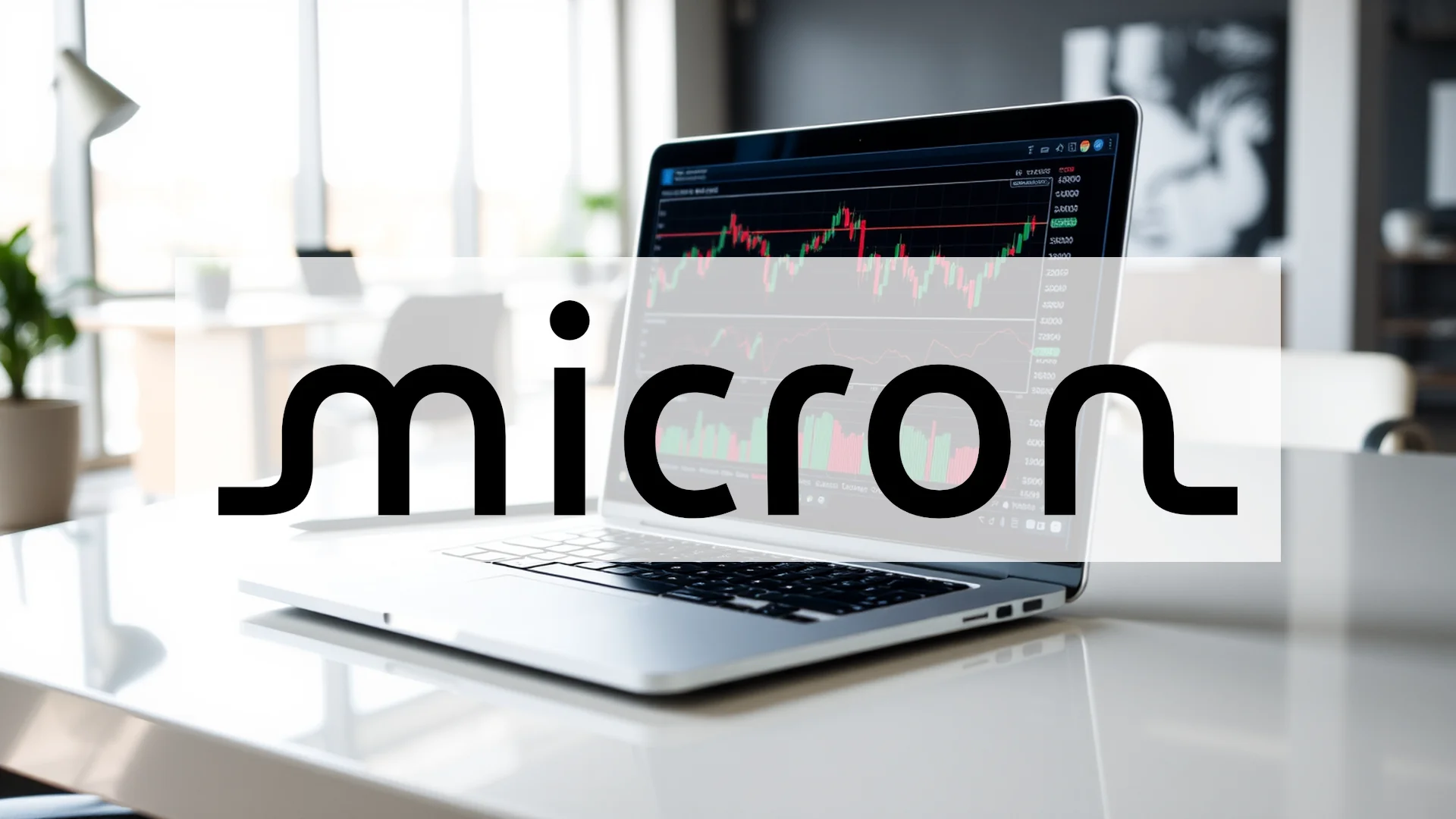America’s railway infrastructure could soon undergo its most significant consolidation in modern history. Union Pacific is currently engaged in advanced discussions with Norfolk Southern that could establish the nation’s first truly transcontinental railroad operator. This potential merger represents more than just corporate expansion—it signals a fundamental restructuring of North American freight logistics that has market analysts revising their outlooks and investors questioning whether we’re witnessing the dawn of a new era in rail transport.
Wall Street’s Growing Confidence
Financial institutions have responded enthusiastically to the merger prospects, with several prominent firms upgrading their assessments of Union Pacific’s stock:
- Susquehanna lifted its price target to $272 in late September
- Citigroup upgraded its rating from “Neutral” to “Buy”
- RBC Capital Markets established a $276 price projection
The consensus price target now stands at approximately $260, reflecting substantial market confidence in the railroad’s strategic direction. This collective optimism from financial researchers underscores the perceived potential of the proposed consolidation.
Operational Scale and Regulatory Timeline
The combined entity would control an extensive network spanning over 50,000 miles of track, connecting 43 states and approximately 100 ports. The strategic vision centers on establishing seamless coast-to-coast service capabilities that would potentially reduce shipping durations and operational expenses. Regulatory filings with oversight authorities are anticipated by January 2026, with completion of the merger projected for 2027.
Should investors sell immediately? Or is it worth buying Union Pacific?
Strong Financial Performance Underpins Ambition
Beyond future prospects, Union Pacific demonstrates robust current operational results. The company reported net earnings of $1.9 billion for the second quarter of 2025, translating to $3.15 per share. Revenue expanded by 2.4% to reach $6.15 billion during the same period. Investor sentiment received additional support through a recent 3% dividend increase, reinforcing the company’s commitment to shareholder returns.
Navigating Regulatory and Competitive Challenges
Not all stakeholders view the potential combination favorably. The Rail Customer Coalition, representing shipper interests, has formally expressed antitrust concerns regarding reduced market competition. Simultaneously, Union Pacific has proactively secured employment protections for thousands of workers through an agreement with SMART-TD, the largest railroad labor union, addressing one potential obstacle to regulatory approval.
The critical question remains whether Union Pacific can successfully navigate the complex regulatory landscape to emerge as the dominant force in American rail transportation. While the strategic direction appears established, final authorization from regulatory bodies will ultimately determine if this transformative vision becomes reality.
Ad
Union Pacific Stock: Buy or Sell?! New Union Pacific Analysis from December 29 delivers the answer:
The latest Union Pacific figures speak for themselves: Urgent action needed for Union Pacific investors. Is it worth buying or should you sell? Find out what to do now in the current free analysis from December 29.
Union Pacific: Buy or sell? Read more here...













